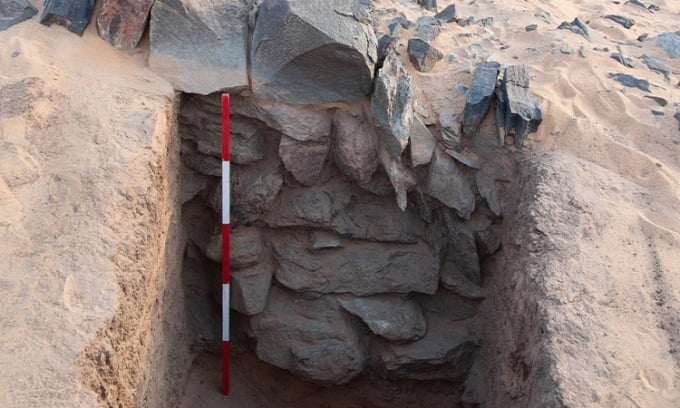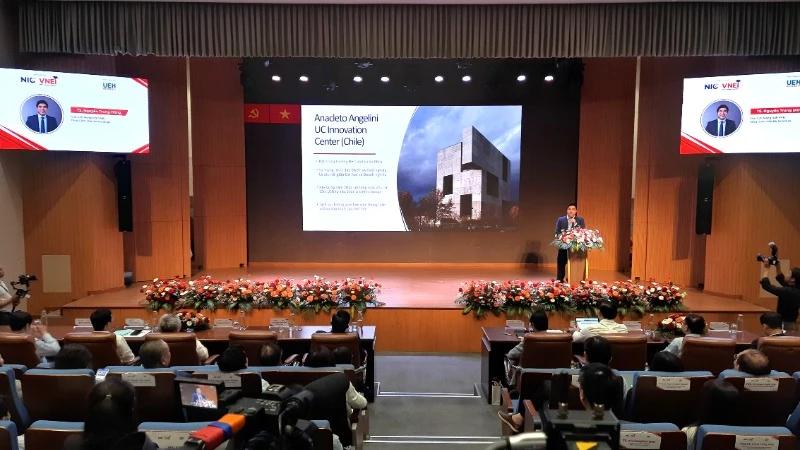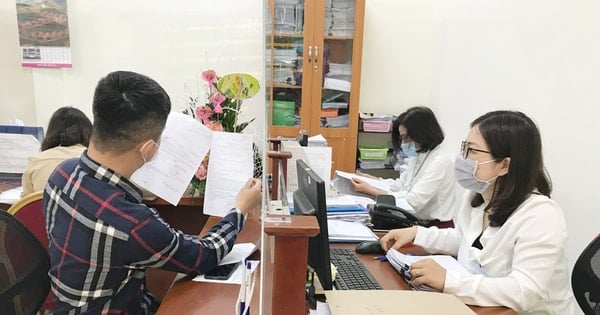The ancient Egyptians and Nubians built extensive networks of dams across the Nile, allowing crops to be grown on reclaimed land without irrigation.

Excavation of a dyke in a dried-up canal has revealed a thick layer of Nile silt. Photo: University of Western Australia
A team of researchers who discovered a network of giant stone dikes along the Nile River in Egypt and Sudan say the river dikes reveal a particularly ancient form of hydraulic engineering in the Nile Valley and a link between ancient Nubians and Egyptians. The findings from the British Museum's West Amara Research Project were published in the journal Geoarchaeology, Phys.org reported on June 13.
“We used satellite imagery, drones and ground surveys, as well as historical sources, to identify nearly 1,300 river dykes between southern Egypt and Sudan,” said lead researcher Dr Matthew Dalton from the University of Western Australia.
Hundreds of these river embankments are now submerged under the Aswan Dam reservoir. Many others are in the desert, inside dry channels. The Nile tributaries in Sudan have many channels that have dried up as the river flow has decreased due to climate change, said study co-author Professor Jamie Woodward of the University of Manchester.
Scientists used radiocarbon dating and luminescence to determine that some of the ancient canal’s dikes were built more than 3,000 years ago. They retained fertile silt during the annual flooding of the Nile, allowing crops to be grown on the reclaimed land without irrigation. Such hydraulic engineering was first practiced by the region’s indigenous Nubian communities, as well as by residents of later towns in Egypt.
The team also identified large stone dikes on the Nile, some as thick as 5 meters and 200 meters long. These are low dams that direct the flow of water and help ships navigate the fast-flowing river. According to Dalton, these structures played a key role in helping communities thrive and grow food in harsh environments thousands of years ago.
An Khang (According to Phys.org )
Source link







![[Photo] Overcoming all difficulties, speeding up construction progress of Hoa Binh Hydropower Plant Expansion Project](https://vstatic.vietnam.vn/vietnam/resource/IMAGE/2025/4/12/bff04b551e98484c84d74c8faa3526e0)



























































































Comment (0)